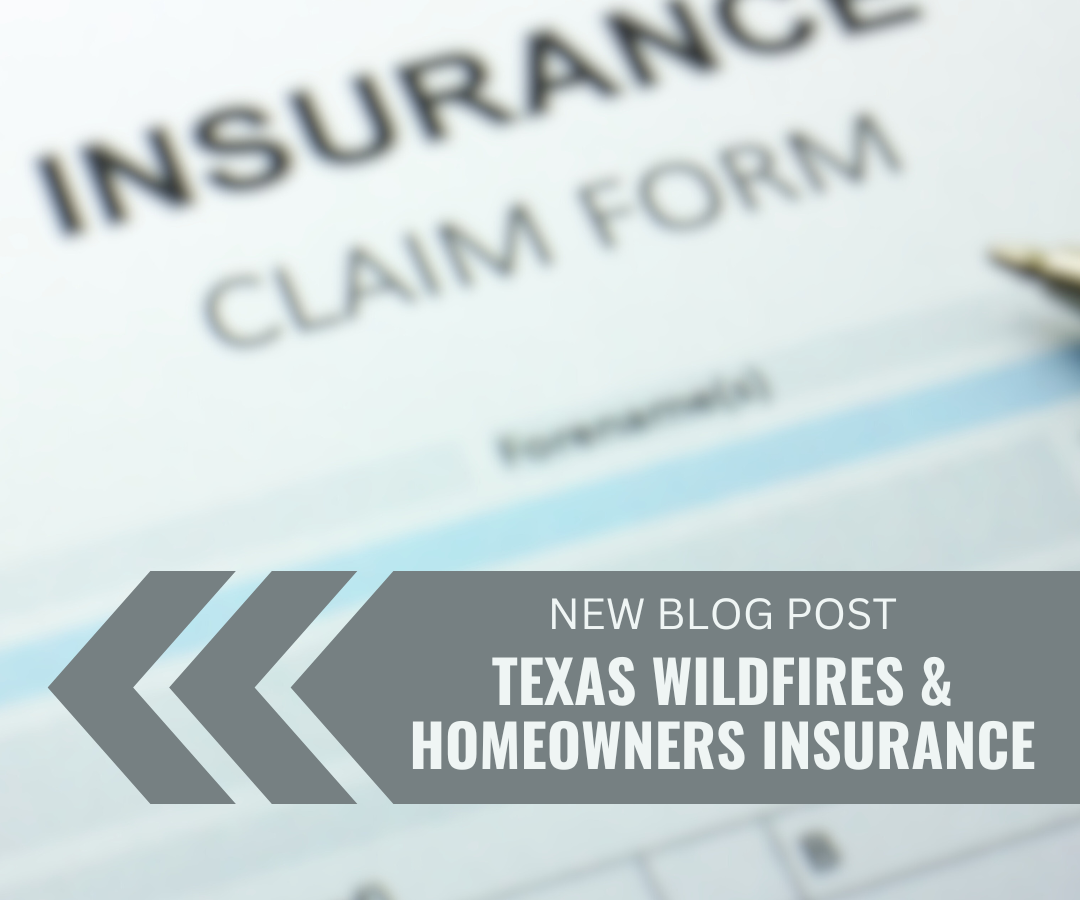Texas Wildfires & Homeowners Insurance

You might also like

TG Magazine
Check out the latest issue of our flagship publication.
Helping Texans make the best real estate decisions since 1971.
As the state’s population grows, so does the need for more housing. Here are the data and tools you need to keep up with housing market trends in your area.
Whether you’re talking about DFW’s financial services industry, Austin’s tech sector, Houston’s energy corridor, or the medical hub that is San Antonio, commercial real estate is big business in Texas.
Mineral rights. Water issues. Wildlife management and conservation. Eminent domain. The number of factors driving Texas land markets is as big as the state itself. Here’s information that can help.
Texas is a large, diversified state boasting one of the biggest economies in the world. Our reports and articles help you understand why.
Center research is fueled by accurate, high-quality, up-to-date data acquired from such sources as Texas MLSs, the U.S. Bureau of Labor Statistics, and the U.S. Census Bureau. Data and reports included here are free.
Stay current on the latest happenings around the Center and the state with our news releases, NewsTalk Texas online searchable news database, and more.
We offer a number of educational opportunities throughout the year, including our popular Outlook for Texas Land Markets conference. Check here for updates.
Established in 1971, the Texas Real Estate Research Center is the nation’s largest publicly funded organization devoted to real estate research. Learn more about our history here and meet our team.


The winter wildfires in Texas have prompted media and community concerns. Will these fires, which include the so-called Smokehouse Creek Fire (now the largest wildfire in the state’s history), become a homeowners insurance nightmare? To address this, we asked the TRERC Research Staff to consider three primary questions.
Are more homes insured in Texas metro areas than in the state’s rural communities?
Several factors influence whether a homeowner has property insurance. Two are particularly important because of the demographics in many rural areas.
Data show Texas’ rural areas tend to have older population profiles, and they tend to have lower income levels. Both of these can lead to lower rates of property insurance coverage. Consider that mortgage lenders require borrowers to maintain property insurance. This protects the home, which is the collateral for the loan. Once a household owns the home outright (“free and clear”), maintaining insurance coverage becomes a matter of personal choice (see figure below for percentage of homeowners in some Panhandle counties who currently do and do not have a mortgage). Homes owned outright tend to be owned by older individuals, many of whom may be retired and thus have lower, fixed incomes. So they may choose or be forced to forgo insurance.
Will many properties impacted by wildfire damage lack homeowner insurance?
Yes, but this is speculative without directly assessing the status of those who lost property. What we can say is that the share of homes without a mortgage in the most impacted counties ranges between 50 and 60 percent (higher ownership). Statewide, that share is 43 percent. A much higher share of households in those counties no longer have a lender requiring them to keep insurance.
Will property owners have consequences for lack of coverage?
Rebuilding without insurance is a great burden. Some households will have other sources of wealth to pay for rebuilding. Many will not. The homes in the most impacted counties are older. Owners may not appreciate the gap between their original sale price and the cost of replacement in today’s market.
In the impacted counties, 11 to 23 percent of homes were built after 1990. Statewide the share is 49 percent. This age difference is reflected in lower monthly ownership costs in these counties compared to statewide. Outside the small metro areas like Amarillo, most of these Panhandle counties have been losing population for some time. If homeowners cannot rebuild, they are likely to relocate, adding to the out-migration trends.
Receive our economic and housing reports and newsletters for free.
As the state’s population grows, so does the need for more housing. Here are the data and tools you need to keep up with housing market trends in your area.
Whether you’re talking about DFW’s financial services industry, Austin’s tech sector, Houston’s energy corridor, or the medical hub that is San Antonio, commercial real estate is big business in Texas.
Mineral rights. Water issues. Wildlife management and conservation. Eminent domain. The number of factors driving Texas land markets is as big as the state itself. Here’s information that can help.
Texas is a large, diversified state boasting one of the biggest economies in the world. Our reports and articles help you understand why.
Center research is fueled by accurate, high-quality, up-to-date data acquired from such sources as Texas MLSs, the U.S. Bureau of Labor Statistics, and the U.S. Census Bureau. Data and reports included here are free.
Stay current on the latest happenings around the Center and the state with our news releases, NewsTalk Texas online searchable news database, and more.
We offer a number of educational opportunities throughout the year, including our popular Outlook for Texas Land Markets conference. Check here for updates.
Established in 1971, the Texas Real Estate Research Center is the nation’s largest publicly funded organization devoted to real estate research. Learn more about our history here and meet our team.
Helping Texans make the best real estate decisions since 1971.
You are now being directed to an external page. Please note that we are not responsible for the content or security of the linked website.